Mercedes-Benz's 2020 EQC Boasts Plenty of Tech, Less-than-revolutionary Range

Mercedes-Benz has started pre-production on the first vehicle of its electric EQ model range, this one based on the GLC platform and called — what else? — the EQC. It’s a tony but not outlandish electric crossover for posh (but maybe not that posh) types who like the three-pointed star appearing on the front of their vehicle but kind of feel guilty about their carbon footprint.
Luckily, owning an electric car means never having to think about upstream emissions or other unpleasantness that took place before the assembled materials made it to your vehicle.
The EQC, according to M-B, falls under the automaker’s “Progressive Luxury” theme, promising lots of high-tech creature comforts and convenience, as well as an emission-free driving experience. However, it’s starting to become a crowded EV market out there, and some buyers might take exception with one particular aspect of this vehicle.
That would be its range.
M-B promises “up to 200 miles” of driving between charges, which would have wowed anyone just a few years ago. However, the German luxury giant already has to contend with Tesla’s Model X, which gets 237 miles between charges in base 75D form, as well as the imminent Jaguar I-Pace, which promises up to 240 miles of driving from its 90 kWh battery pack. Other challengers wait in the wings.
Perhaps the PR department was looking at other attributes when it called the model “the Mercedes-Benz among electric vehicles.”
Certainly, in terms of power, the EQC is well matched to take on its cross-Channel rival. Fueled by a 80 kWh battery, the EQC’s front and rear electric motors combine for 402 hp and a maximum torque of 564 lb-ft. On paper, this beats the I-Pace’s 394 horsepower and 512 pound-feet of torque, also funneled to all four wheels, though M-B’s acceleration estimate is four-tenths of a second slower to 60 mph than the electric Brit. We’ll have to wait and see if the EQC undercuts the I-Pace’s $69,500 U.S. entry price.
One thing that’s for sure is that the EQC won’t arrive until well after U.S. buyers get their hands on the I-Pace. Full production begins next year, with deliveries in America beginning in 2020. The I-Pace lands later this year.
Capable of hooking to a 100-kW fast-charger, should you know where one is, Mercedes-Benz claims an EQC can be juiced from 10 to 80 percent capacity in about 40 minutes, which just happens to be the I-Pace’s fast-charge top-up time.
We’ve detailed the EQ concept vehicle before, but the first production vehicle to emerge from the electric lineup carries the automaker’s MBUX multimedia system, mile-wide touchscreen housing two 10.25-inch displays, five drive modes, app-based convenience functions (capable of remotely warming up the EQC on a cold morning), and a navigation system that displays the quickest and least draining route, depending on the vehicle’s charge. A steering wheel-mounted paddle allows drivers to dial up the desired amount of regenerative braking.
The safety of occupants, other drivers, and pedestrians is paramount, M-B claims, so this model offers the full gamut of available driver-assist features. In the event of a collision, M-B says the EQC’s high-voltage system shuts down automatically. Meanwhile, impact-absorbing deformation elements surround the underbody battery pack, lessening the risk of a post-collision fire.
Will the Mercedes-Benz EQC hit the U.S. market with a thud, or surprise nearly everyone with its popularity? It all depends on brand appeal, green appeal, and the public’s perception of what a useable “luxury” driving range might be.
[Images: Daimler AG]

More by Steph Willems
Latest Car Reviews
Read moreLatest Product Reviews
Read moreRecent Comments
- David Murilee Martin, These Toyota Vans were absolute garbage. As the labor even basic service cost 400% as much as servicing a VW Vanagon or American minivan. A skilled Toyota tech would take about 2.5 hours just to change the air cleaner. Also they also broke often, as they overheated and warped the engine and boiled the automatic transmission...
- Marcr My wife and I mostly work from home (or use public transit), the kid is grown, and we no longer do road trips of more than 150 miles or so. Our one car mostly gets used for local errands and the occasional airport pickup. The first non-Tesla, non-Mini, non-Fiat, non-Kia/Hyundai, non-GM (I do have my biases) small fun-to-drive hatchback EV with 200+ mile range, instrument display behind the wheel where it belongs and actual knobs for oft-used functions for under $35K will get our money. What we really want is a proper 21st century equivalent of the original Honda Civic. The Volvo EX30 is close and may end up being the compromise choice.
- Mebgardner I test drove a 2023 2.5 Rav4 last year. I passed on it because it was a very noisy interior, and handled poorly on uneven pavement (filled potholes), which Tucson has many. Very little acoustic padding mean you talk loudly above 55 mph. The forums were also talking about how the roof leaks from not properly sealed roof rack holes, and door windows leaking into the lower door interior. I did not stick around to find out if all that was true. No talk about engine troubles though, this is new info to me.
- Dave Holzman '08 Civic (stick) that I bought used 1/31/12 with 35k on the clock. Now at 159k.It runs as nicely as it did when I bought it. I love the feel of the car. The most expensive replacement was the AC compressor, I think, but something to do with the AC that went at 80k and cost $1300 to replace. It's had more stuff replaced than I expected, but not enough to make me want to ditch a car that I truly enjoy driving.
- ToolGuy Let's review: I am a poor unsuccessful loser. Any car company which introduced an EV which I could afford would earn my contempt. Of course I would buy it, but I wouldn't respect them. 😉
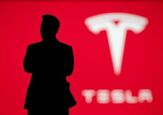
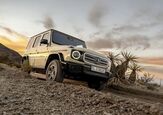
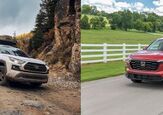
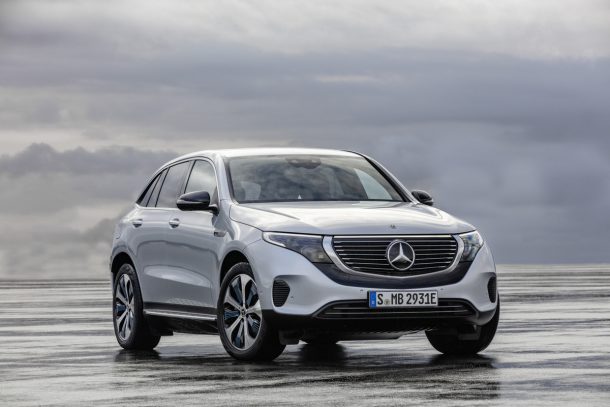

















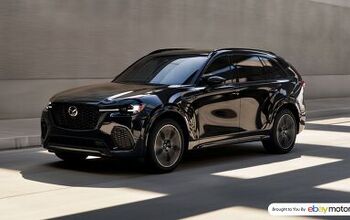

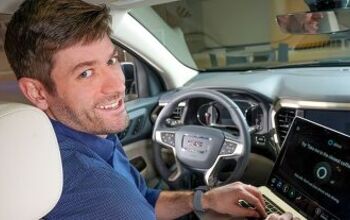
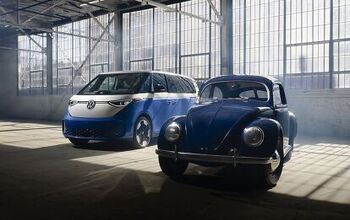

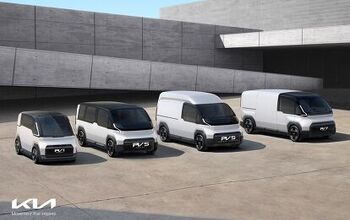
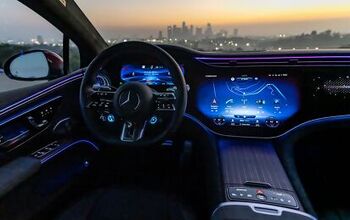


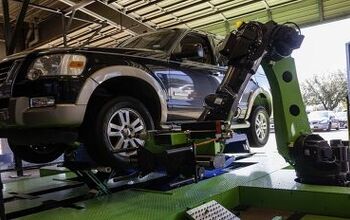




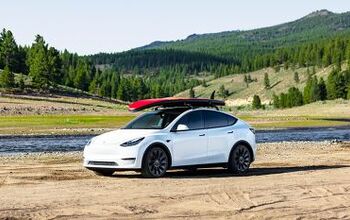
Comments
Join the conversation
This is gonna be a pretty hard sell. The worst range in it's class, a front end that looks oddly derivative of a CRV and no easy to use fast charging network for it. Unless MB is willing to price this insanely aggressively and just eat the loss this is DOA.
I suspect there's a limited number of buyers in the market for a $70,000 second car. And there are vast swaths of the country where lousy charging infrastructure and range-slashing cold weather are a fact of life. But I get it, Mercedes, batteries don't grow on trees. So here's a thought. Why not build a no-compromises plug-in hybrid electric vehicle (PHEV): basically a luxury Chevy Volt SUV? If the biggest obstacle to EV production in terms of cost, scalability and environmental impact is the battery, and the biggest obstacle to EV adoption in terms of buyer acceptance is range and recharging anxiety, then why not take the approach that gives you pure-EV operation 90% of the time and a no-worries road-trip machine the other 10%...and lets the manufacturer make up to four times as many cars with the same number of battery cells? I admit that most PHEVs aren't great. Ford, the Koreans, and especially the Europeans insult buyers with half-assed PHEV models with laughable range and piddling electric power. Honda makes a two-third-assed Honda Clarity PHEV version with okay range, but like the others it still can't offer full power without kicking on the gas engine. That leaves the Chevy Volt as literally the only whole-assed PHEV on the market: the only one that operates as a pure EV even if you floor the accelerator or turn on the heater or drop your hat, and does so long enough to take care of all your errands---yet still offers full power, long range and good MPG on a road trip once gasoline is involved. So okay, maybe it's not an easy thing to pull off. And maybe it's not easy to sell your board on a bridge technology when development lead times are long and it seems like the future is closing in fast---like trying to string land-line telephone poles in Africa after the invention of the cell phone. But nobody else is doing it. This could be your opening...